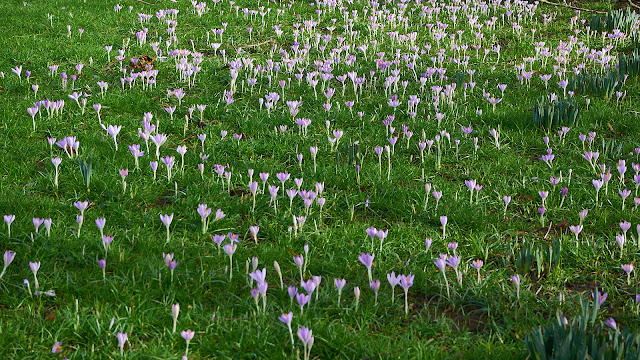King Alfred's Monument

On a low mound in the Somerset Levels near Athelney there is a monument to King Alfred. In January 878 the Viking king Guthrum launched a surprise attack on Alfred at Chippenham, and King Alfred was forced to fall back, to Athelney in the Somerset Levels. King Alfred took refuge at an old Iron age hillfort, and here he planned his reprisal. In May of the same year he launched the fierce battle of Edington, where Alfred vanquished Guthrum's Viking army, the remnants withdrew to Chippenham and surrendered. King Alfred's monument Guthrum converted to Christianity an Alfred became king of Wessex, which is the start of what we now know as England. In 888 Alfred built a monastery on this site, which was destroyed in the Dissolution of the monasteries, so now this monument is all that can be seen. It was built in 1801 by John Slade. Bust of King Alfred on the monument The inscription reads “King Alfred the Great in the year of Our Lord 879 having been defeated ...
